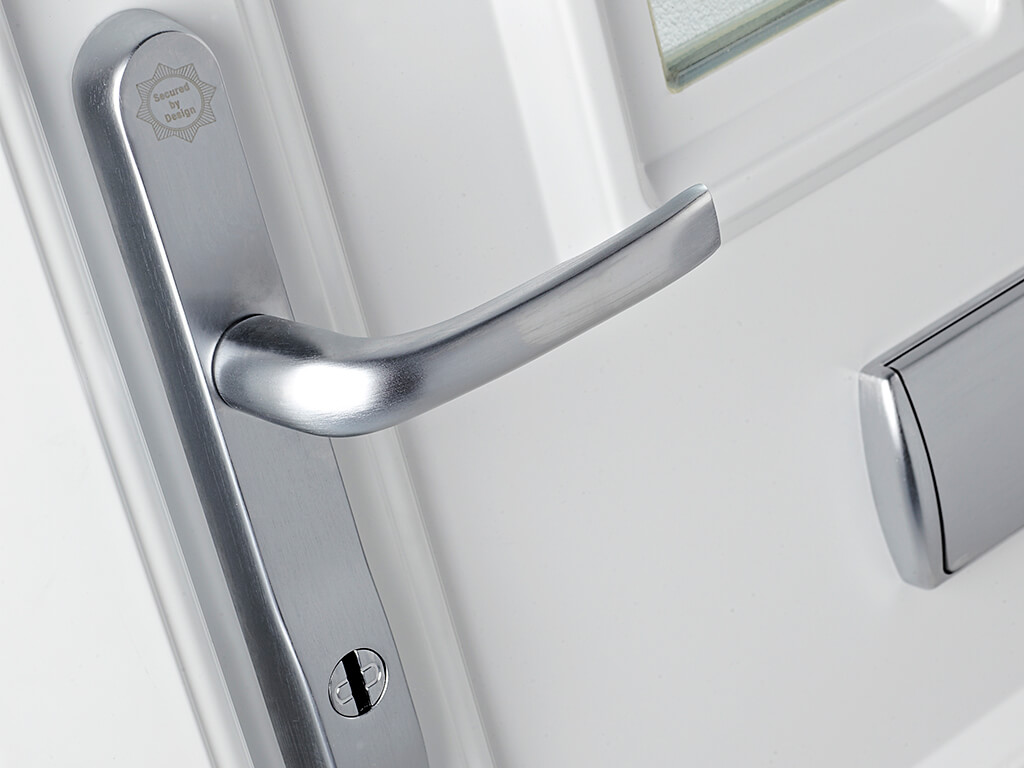
The revised PAS24:2016 standard was published in February and the new 2016 SBD design guides are being printed as I write, so now is an exciting time to be in security hardware.
For fabricators and installers faced with complying with the new rules however, I do understand that it can all seem like a bit of a chore.
The reason why they are so important though is that it is the security elements of PAS24:2012 and SBD which are the approved routes to achieve Approved Document Q (ADQ) compliance (which officially came into force last October).
Now, I know there is still quite a lot of misinformation about Approved Document Q out in the market, so this might be a good time to clear that up.
At the moment, Approved Document Q only applies to new builds or conversions where there is a material change of use (eg a commercial building being converted into flats). It categorically does not apply to extensions or even conservatories and it also does not apply in Scotland, Ireland or Wales – only in England for now.
It is scheduled for review in 2018 when I feel certain that it will be extended to the refurbishment sector in the same way as Part L but, as things stand, you can obviously use PAS24:2016 and SBD approval as great sales tools in any market, but you are only required to have them by law if you’re installing in the new build sector.
The changes in the new revised version of PAS24:2016 are significant for the door market in particular. Probably the most important thing is that the new, more demanding cutting test for doors has been officially brought into force. This had always been in place for doors using a key/thumb-turn cylinder but now it has been extended to all door types that use a locking barrel (cylinder).
However, there’s no reason to rush into changing supplier because not all UKAS test houses are even set up to carry out the tests yet, so there will be a period of grace amongst the different bodies. In fact, Approved Document Q actually refers to PAS24: 2012 so that new cutting test will not be a requirement of ADQ until at least 2018 when it is reviewed.
Things are clearer with regard to TS007:2014 which applies to cylinder vulnerability because this has now been referenced within PAS24: 2016 for the first time. Any 3* setup which is using either a 3* cylinder on its own or a 1* cylinder with a 2* handle will not now have to go through a separate annex for vulnerability in the test, which is a considerable benefit.
Also part of the revised standard is TS008 which applies to letterplates and, like TS007, if your hardware has been accredited to this standard and you can prove compliance, you don’t have to conduct the tests on your samples.
With regards to SBD, I expect the new design guides to require not just PAS24: 2016 but also a full 3rd party accreditation scheme as it is now, but there are variations in requirements across the different testing bodies so it will be up to fabricators themselves to choose the option which is best for them from the likes of Q Mark, Certisecure and the BSI Kitemark etc.
Another interesting development is that SBD have taken the bull by the horns and are actually attempting to define the word ‘bespoke product’ which is included in ADQ. I take my hat off to SBD for doing this as they are trying to simplify the requirements so that it does not just include timber doors. If they get the definition right, it will also allow the smaller fabricators, who supply the new build sector but perhaps don’t have the budget to get all their product security tested, to still comply with ADQ as long as they meet the requirements of a ‘bespoke product’ and the building application is for four plots of less. All this still needs to be confirmed, but it’s definitely a move in the right direction.
As always, you can contact me for more information via: scooke@mila.co.uk or via Twitter:@StraffordCooke


